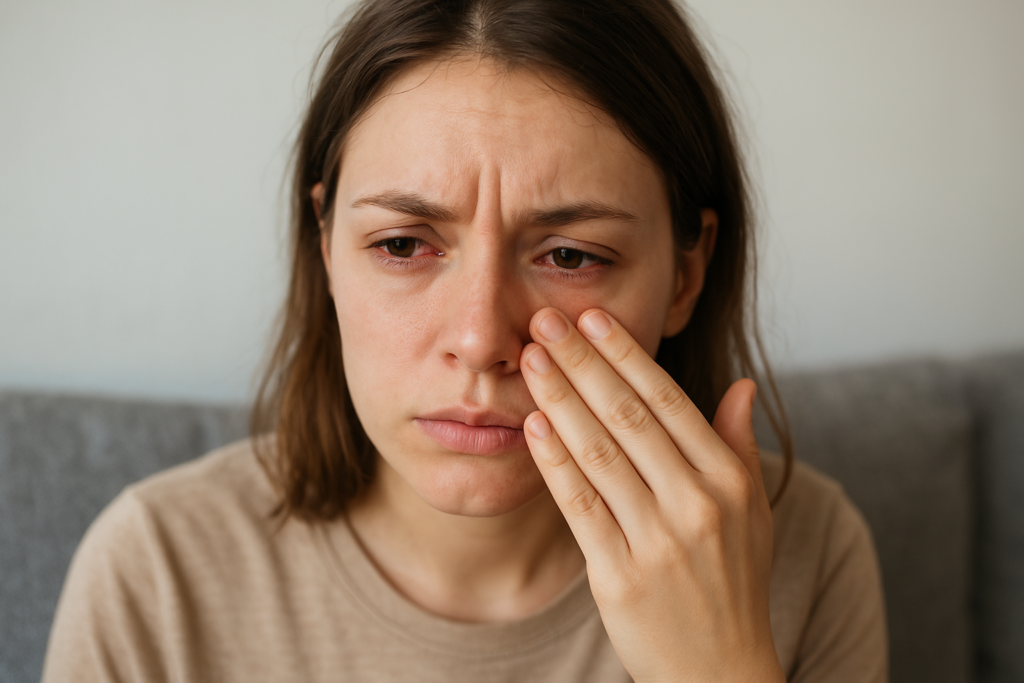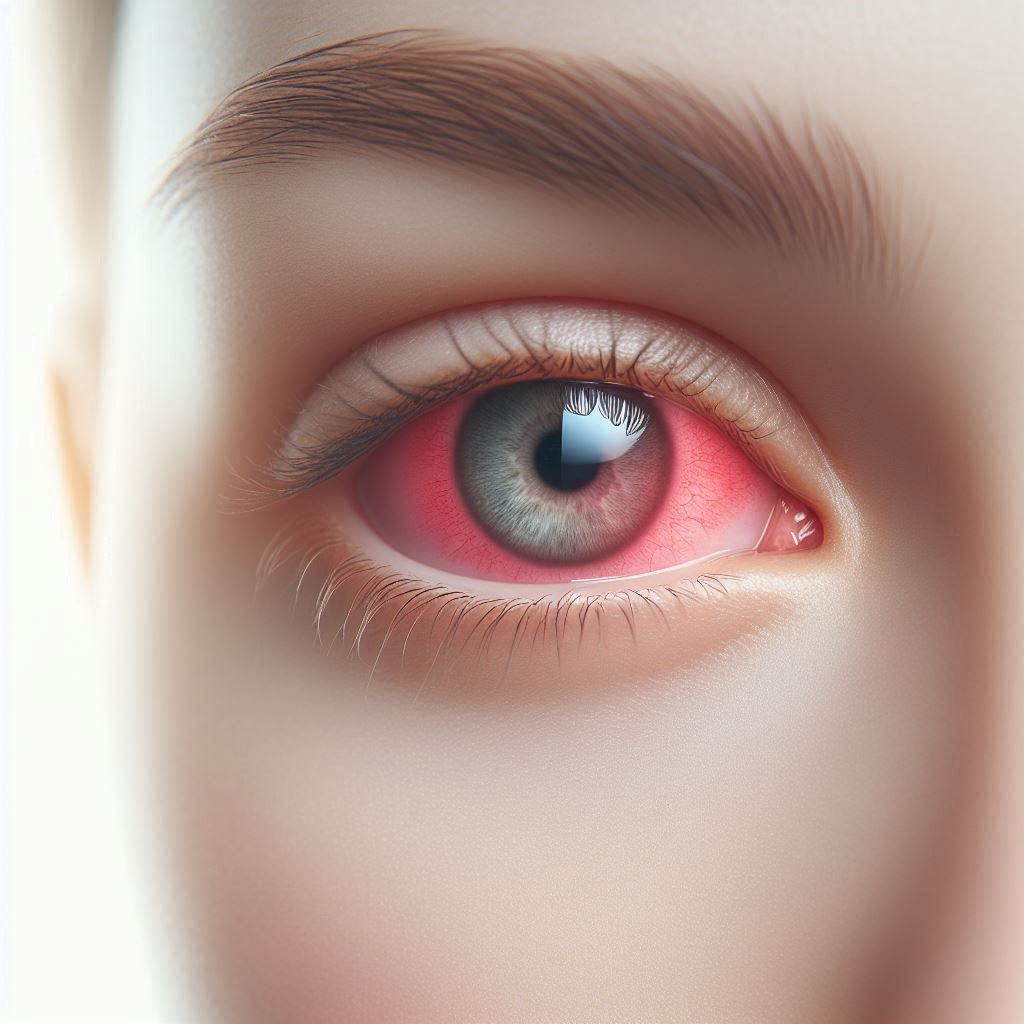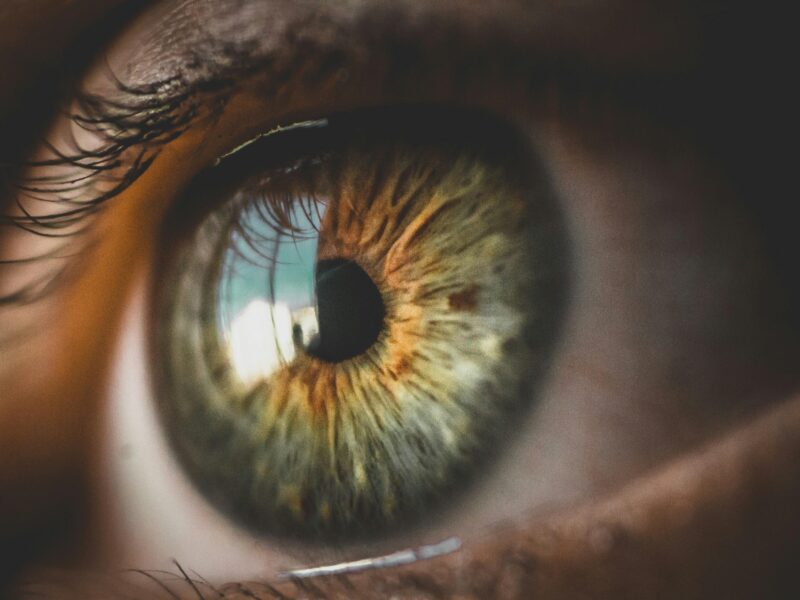Introduction: What Is Conjunctivitis (Pink Eye)?
Conjunctivitis, commonly known as pink eye, is one of the most widespread eye conditions worldwide. It occurs when the conjunctiva—the thin, transparent layer of tissue covering the white part of your eye and the inside of your eyelids—becomes inflamed. This inflammation leads to redness, irritation, tearing, and sometimes discharge.
Pink eye affects millions of people each year, from children in daycare to adults in the workplace. While many cases are mild, some can cause serious discomfort and require medical attention. The good news is that conjunctivitis is usually treatable and preventable with proper eye care practices.
Types of Conjunctivitis
Understanding the type of conjunctivitis is crucial because the cause determines the treatment.
1. Viral Conjunctivitis
- Cause: Viruses such as adenovirus.
- Symptoms: Watery discharge, redness, light sensitivity, usually starts in one eye and spreads to the other.
- Contagious? Highly contagious.
2. Bacterial Conjunctivitis
Bacterial Conjunctivitis is an inflammation of the conjunctiva caused by a bacterial infection (most commonly Staphylococcus aureus, Streptococcus pneumoniae, or Haemophilus influenzae).
🔹 Symptoms:
- redness and swelling of the eye,
- thick yellow-green discharge, often causing eyelids to stick together in the morning,
- burning sensation and discomfort,
- tearing and blurred vision.
🔹 Transmission: easily spreads through direct contact (hands, towels, cosmetics).
🔹 Treatment: usually involves antibiotic eye drops or ointments, which clear the infection within 3–7 days.
🔹 Prevention: regular handwashing, avoiding sharing personal items, and maintaining proper eye hygiene.

Common Causes of Conjunctivitis
- Viral infections
- Bacterial infections
- Seasonal or environmental allergies
- Contact lenses misuse
- Exposure to irritants like chlorine or smoke
- Secondary reaction to other eye conditions
👉 Related Article: Dry Eyes: Causes, Symptoms, Prevention, and Treatment
Key Symptoms of Conjunctivitis
- Eye redness (pink or bloodshot appearance)
- Excess tearing
- Itching or burning sensation
- Gritty feeling in the eye
- Swollen eyelids
- Discharge (watery, mucous, or pus-like depending on cause)
- Sensitivity to light (photophobia)
👉 Related Reading: Eye Conditions & Treatments: A Complete Guide to Common Vision Problems
Effective Treatments for Conjunctivitis
1. Viral Conjunctivitis
- Usually resolves within 1–2 weeks.
- Apply cool compresses.
- Use preservative-free artificial tears.
- Avoid sharing towels, cosmetics, or pillowcases.
2. Bacterial Conjunctivitis
- Requires antibiotic eye drops or ointment (prescribed by a doctor).
- Warm compresses can help with sticky discharge.
- Important: Complete the full antibiotic course.
3. Allergic Conjunctivitis
- Antihistamine or mast-cell stabilizer eye drops.
- Cold compresses to reduce swelling.
- Avoid allergens when possible.
👉 Related Reading: Eye Allergies: Causes, Symptoms, and Effective Relief Strategies
4. Irritant Conjunctivitis
- Rinse eyes immediately with clean water.
- Avoid irritant source.
- Lubricating drops to soothe irritation.

Prevention Strategies for Conjunctivitis
- Wash hands regularly.
- Avoid touching or rubbing eyes.
- Disinfect surfaces (especially in schools and offices).
- Replace or clean contact lenses properly.
- Avoid sharing personal items (makeup, towels).
👉 Learn More: Workplace Eye Safety: Preventing Injuries and Long-Term Vision Problems
Frequently Asked Questions (FAQ)
Q: How long is pink eye contagious?
A: Viral and bacterial conjunctivitis are contagious as long as symptoms persist, usually 7–14 days.
Q: Can I wear contact lenses with conjunctivitis?
A: No. Remove lenses immediately and switch to glasses until the infection clears.
Q: Can pink eye cause permanent vision loss?
A: Most cases are mild and temporary, but untreated bacterial conjunctivitis can rarely lead to complications.
Q: Is pink eye more common in children or adults?
A: Children are more likely to catch contagious forms due to close contact in schools and daycares.
Q: What home remedies can help?
A: Cold compresses, artificial tears, and maintaining hygiene can ease discomfort. Avoid self-medicating with leftover antibiotics.
👉 Related: Digital Eye Strain: Causes, Symptoms, and Proven Preventio
Product Recommendations 🛒
For Relief and Protection:
- Artificial Tears (Preservative-Free) – helps reduce irritation and dryness.
- TheraTears SteriLid Eyelid Cleanser – maintains eyelid hygiene and prevents reinfection.
- Cold Eye Compress Mask – provides quick relief from redness and swelling.
- Ocuvite Adult 50+ Eye Vitamins – supports overall eye health with antioxidants and lutein.
- Blue Light Blocking Glasses – reduces digital eye strain that can worsen discomfort.
👉 Check latest prices on Amazon and support your eye health today.
Key Takeaway
Conjunctivitis (pink eye) is common but highly manageable. By understanding its causes, symptoms, and treatments, you can prevent spread, ease discomfort, and protect your long-term vision health.
Remember: If you notice severe pain, sudden vision changes, or persistent symptoms beyond 2 weeks, consult an eye doctor immediately.
👉 Related Reading: Preventing Vision Loss: Comprehensive Guide to Protecting Your Eyesight Naturally


